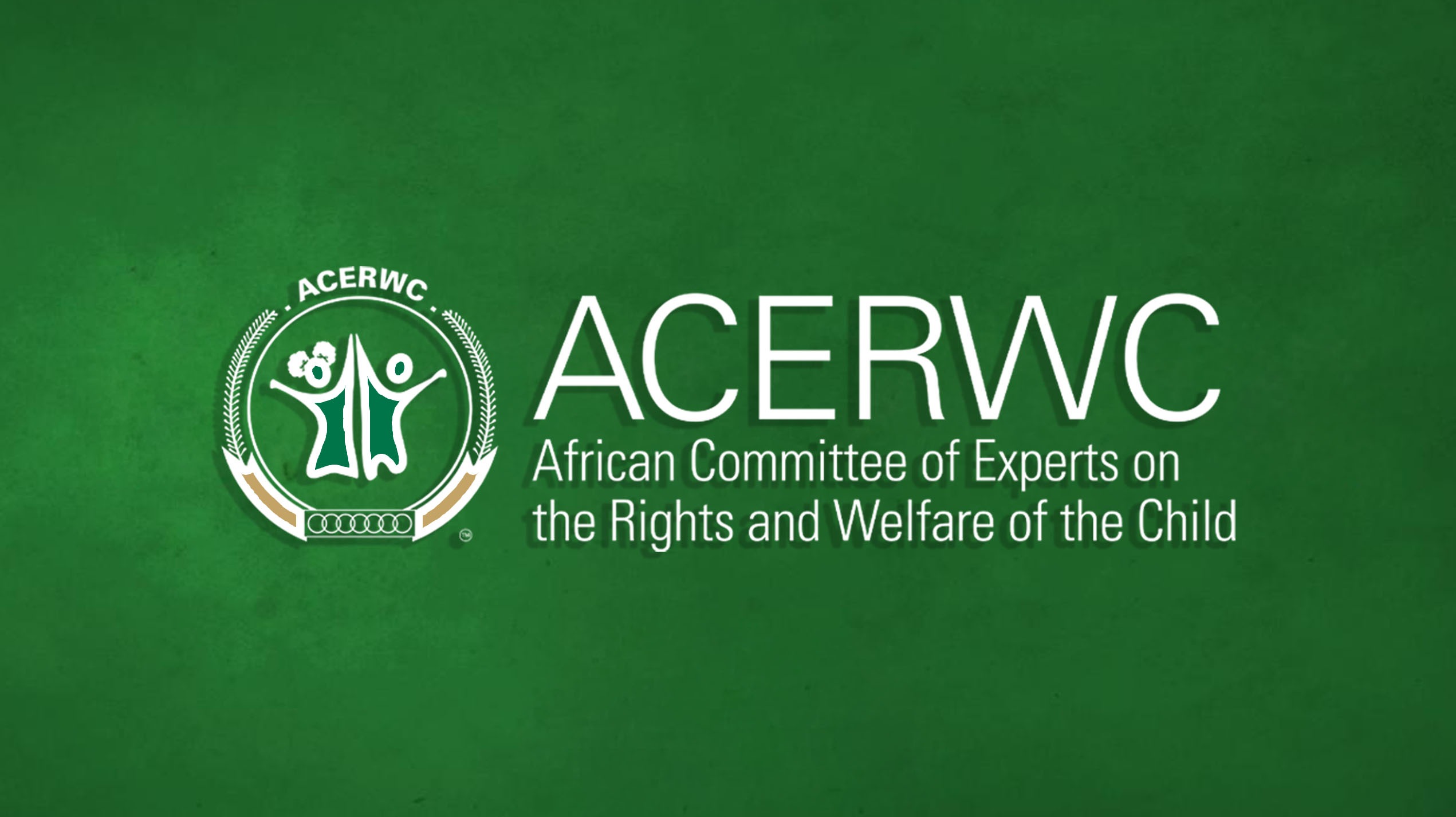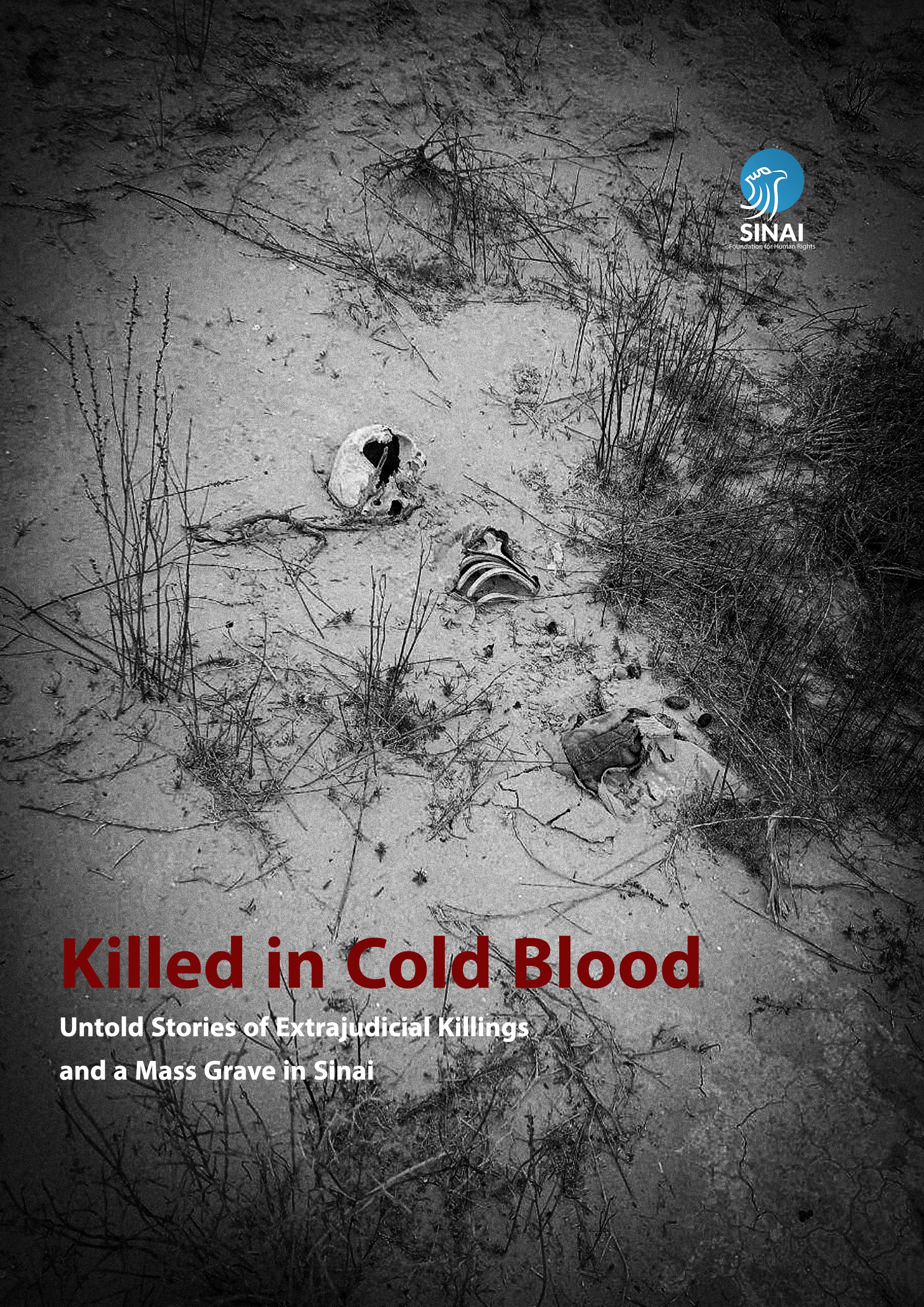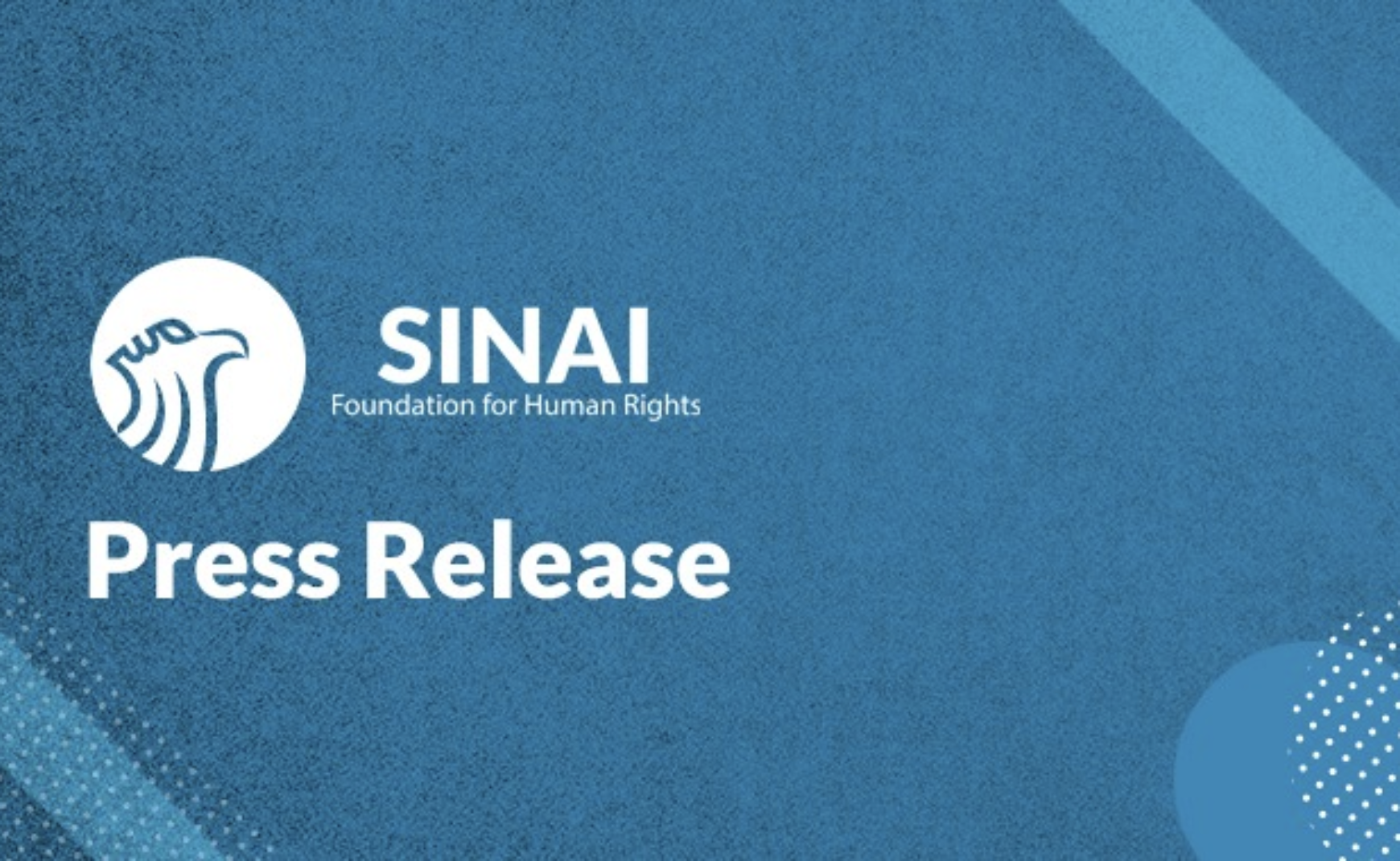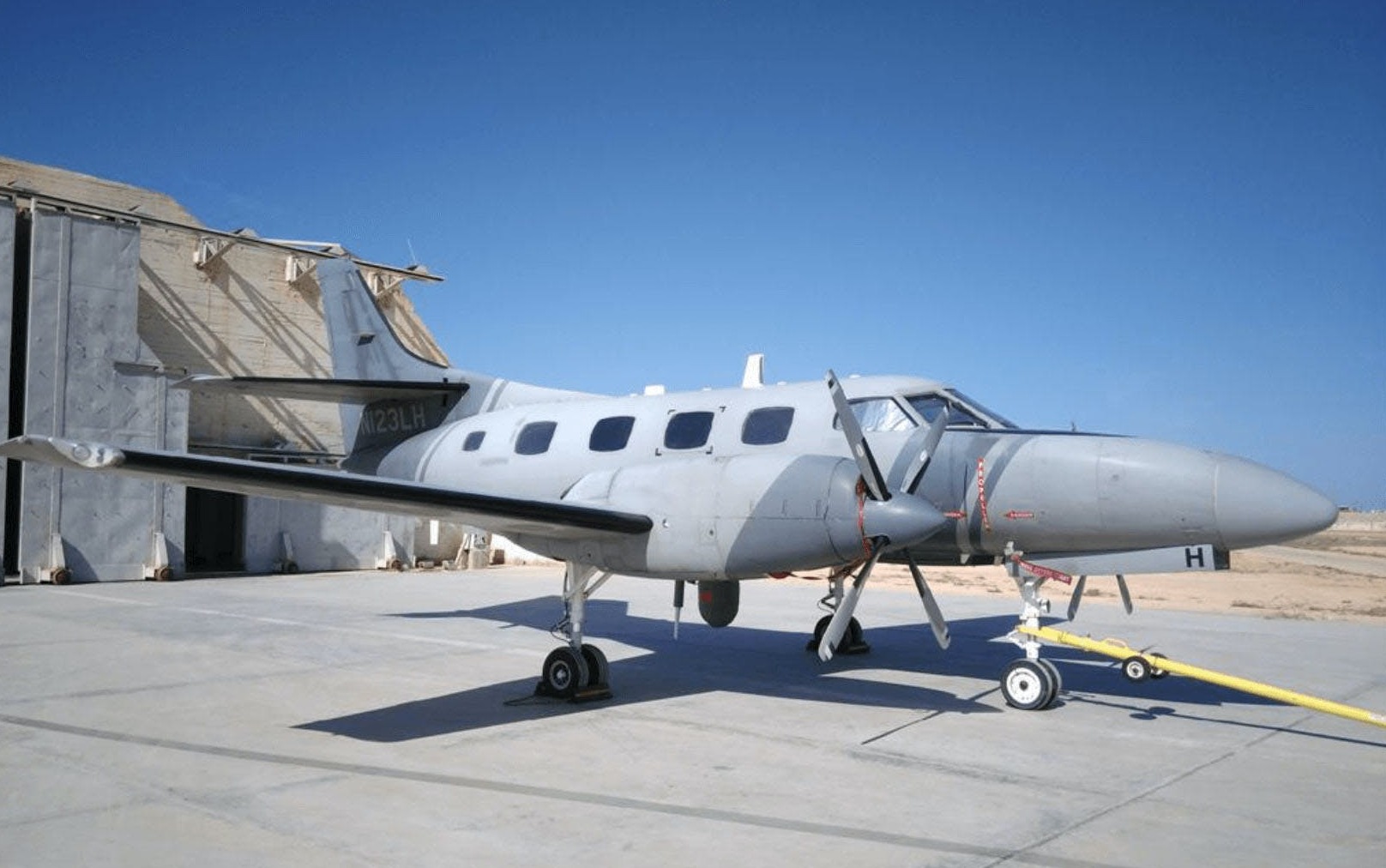
Leaked documents offer additional evidence on the “methodology” of the indiscriminate shelling of civilians in Egypt
The Egyptian military killed hundreds of civilians in the Western Desert with French aid
25 November 2021 - London
The Sinai Foundation for Human Rights stated today that the leaked secret documents attributed to French defense and intelligence forces revealed that the Egyptian military has killed hundreds of civilians in the Western Desert since 2016 without following any rules of engagement with the claim of fighting terrorism, which is additional evidence that the Egyptian military is involved in the systematic abuse and murder of civilians in violation of the International Humanitarian Law and the International Human Rights Law.
The systematic method of the lethal airstrikes in the Western Desert revealed in the leaked official French documents aligns with the method previously documented by the Sinai Foundation for Human Rights when it documented the death of 30 civilians and the injury of 22 others in five Egyptian military air raids in North Sinai between 2019 and 2020 with the claim of fighting terrorist organizations. These attacks were not limited to a certain geographical area, rather including the cities of Sheikh Zuwayed, al-Arish, Bir al-Abd, and al-Hassana. In each of these cases, no civilian victims fell as collateral during the attack on opposing military targets; the strikes were most likely methodically aimed directly at civilian targets in the absence of armed militants in the area. Those five incidents were merely some of what was documented by the foundation, as well as other human rights foundations, in terms of destruction of houses and buildings and the murder of complete families in many such illegal operations since the escalation of the war in North Sinai in late 2013.
Ahmad Salem, the director of the Sinai Foundation for Human Rights, said:
“The leaks from the French organization ‘Disclose’ are irrefutable proof on the French involvement in the abuses in Egypt. It is no longer about political support or weapon trade. These leaks also present shocking, albeit expected, additional proof on the Egyptian military’s habitual murder of civilians with no consequences, which has been happening in Sinai since 2013.
Starting on 21 November and over the course of a few days, the French organization Disclose published parts of an extensive investigation which the organization based on what it said is tens of secret documents issued by French intelligence and the French Ministry of Defense, as well as the presidential office in the Élysée Palace, which were leaked to the organization by a French source whose identity it refused to disclose for their protection.
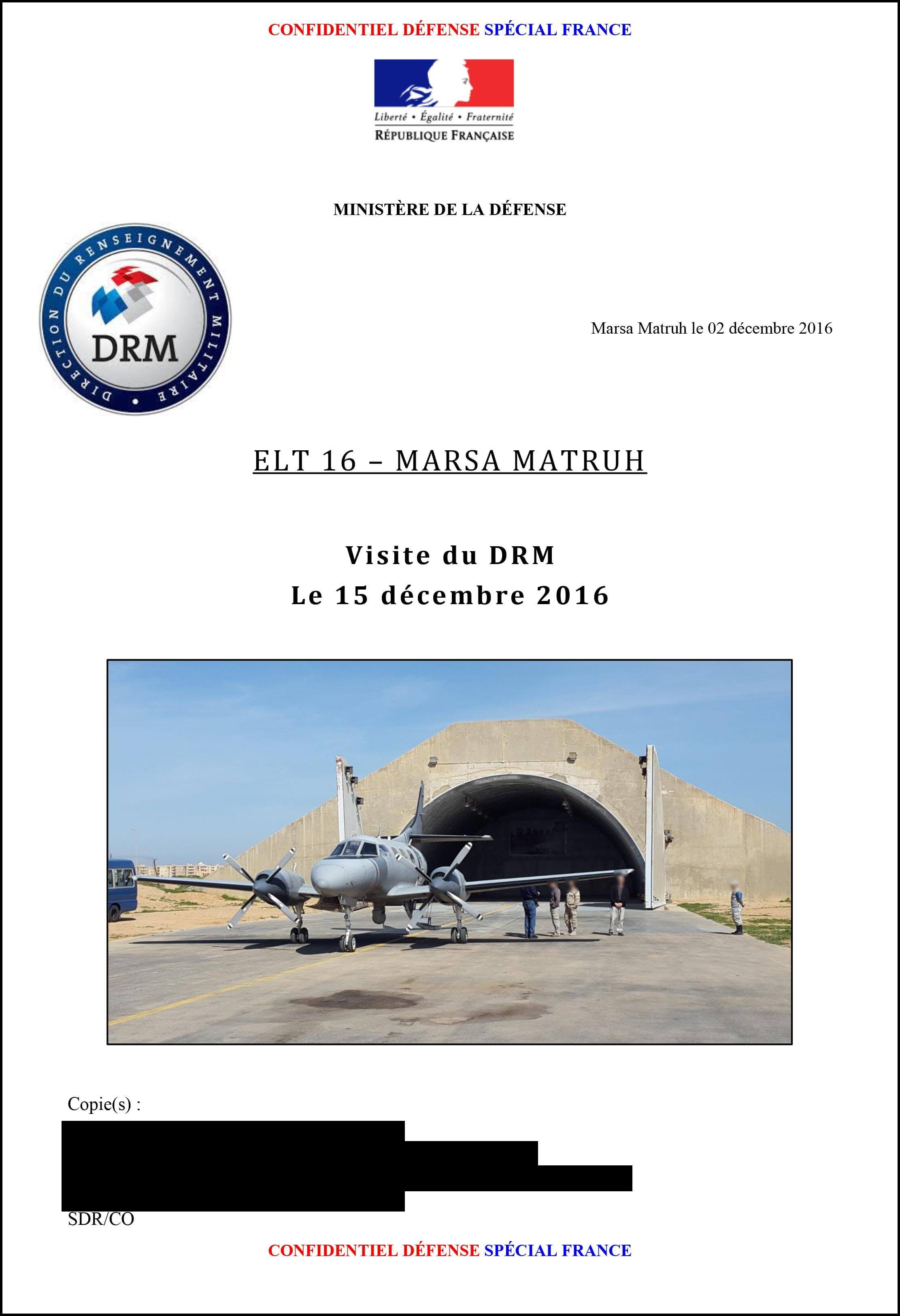
According to the documents, some of which Disclose shared copies of and others only the contents of which were shared, the French Minister of Foreign Affairs, Jean-Yves Le Drian - the Minister of Defense in 2016 - supervised the initiation of this secret operation, named SIRLI, between Egyptian and French military forces. The operation began in February 2016 when 10 French intelligence and military personnel, contracted with CAE aviation company, landed in an Egyptian airbase near Marsa Matruh in northeastern Egypt. According to Disclose, the main purpose was to train Egyptian forces, and to aid them in operations of aerial reconnaissance, monitoring, and spying on communications along the borders between Egypt and Libya, as the Egyptian government claims that they are areas of activity of terrorists.
According to Disclose’s documents, the French officers assigned to the operation quickly started to question the Egyptians’ motives only two months after the beginning of the operation. In September 2016, another document shows that the field officers were completely convinced that the Egyptians did not target terrorist groups in the area, and that most of their victims were local civilians working in smuggling goods and sometimes weapons. The French officers clearly stated in their correspondence with French intelligence that they firmly believed the Egyptians used the technology acquired during that operation to execute direct and lethal airstrikes targeting almost all vehicles moving in the area of the western borders with no proof that the target is involved in any terrorist operations and without using any warnings or attempting to take the smugglers in alive.
Disclose’s report did not point to a specific time operation SIRLI ended, which makes it seem likely that the operation is still ongoing, and that it led to the murder of hundreds of civilians.
Local and international media platforms monitored at least two of those incidents in which civilians were killed. The first incident was in September 2015 during the discussion of that secret operation between the military high command in the two countries, and weeks before it began, where the Egyptian military killed 12 civilians, 8 of whom were Mexican tourists and severely injured an American tourist, despite the tour guides previously acquiring the required permits. Another incident took place where the Egyptian airforce killed an Egyptian engineer, Ahmed el-Fiky, and two of his companions in July 2017, where they were on a work-related assignment in the area, and they had the required permits. The investigation documented how the murder of the engineer Ahmed el-Fiky was reported in official documents as death “by unknown causes”, which is similar to what happens in North Sinai where the local authorities record all deaths caused by military airstrikes as “airstrike from an unknown source”. The Sinai Foundation acquired official medical documents on civilian victims who fell to an Egyptian military airstrike in al-Maidan area in western al-Arish on 6 June 2019, and those documents show that the authorities reported the deaths as caused by persons unknown.
In October 2021, the Sinai Foundation for Human Rights published for the first time a video showing North Sinai Governor Major General Mohamed Abdel-Fadhil Shusha visiting civilian victims who fell on 27 May 2019 to an Egyptian military airstrike, where the injured confronted the governor with the Egyptian airforce mistakenly bombing their house in al-Gora village with two successive rockets. And despite the governor’s admittance and his apologies for the mistaken bombing, the official medical reports of the incident which were issued by al-Arish general hospital state that the source of the bombing was unknown, which exempts those in charge from any liability or judicial accountability and wastes the rights of victims and their families.
Egyptian authorities never admitted to the fall of any civilian victims due to military operations in North Sinai or the Western Desert except the only time when foreign tourists fell in September 2015 because of the special nature of the incident. In July 2020, an Egyptian presidential statement, issued by Bassam Rady, the presidential spokesman, claimed that as a result of those airstrikes on the western borders, the military destroyed 10 thousand four-wheel drive vehicles “loaded with foreign terrorists and combatants” on the Libyan-Egyptian borders in six years, killing hundreds, maybe thousands.
The Sinai Foundation for Human Rights stated that the situation in the Egyptian border areas does not amount to a non-international armed conflict as there are no strong organizations that have a clear effect in those areas, among other criteria that need to be present to consider the situation an armed conflict. Hence, the International Human Rights Law applies to the security operations there, which does not permit the use of lethal military force and heavy weapons which by definition lead to the fall of several victims. Therefore, all or most killings by airstrikes in the Western Desert could be considered as extrajudicial executions, as they violate the most basic rules included in the United Nations Basic Principles on the Use of Force and Firearms.
Even in the case of war, the International Humanitarian Law concerned with such case, and specifically additional protocol (I) to the Geneva Conventions, requires governments and opposing forces to differentiate between civilian and military targets and prohibits targeting civilian individuals or groups at all times, as long as they do not directly participate in any hostile actions. Article 51 of the additional protocol (I) defines (extra-legal) indiscriminate attacks as: “those which are not directed at a specific military objective” or those which employ a method or means of combat that could strike military objectives and civilians or civilian objects without distinction. It also does not allow the incidental fall of civilian victims in legitimate attacks except in rare cases according to the proportionality principle which does not seem to apply in any way on the bombing of four-wheel drive vehicles used for smuggling at the borders with Libya.
The law also states that in case of doubt whether a target is military or civilian, it should be treated as civilian until proven otherwise. Article 57 of the same protocol states the obligation to take precautionary measures before any attack, including doing everything feasible to verify the nature of the target and choosing means and methods that minimize any possible loss in civilian lives or objects. According to the published leaked documents, it does not seem like the Egyptian airforce attempted to follow any of those legal rules. On the contrary, four-wheel drive vehicles in the area are destroyed and whoever is riding them is killed as soon as their presence in the area is spotted, with no attempts to check the nature of the vehicles or their riders or to stop them by using warning shots or ground forces.
According to the documents, most attacks targeted civilian smugglers smuggling all sorts of goods, not just weapons. Those involved in organized crime like weapon smuggling can also not be considered combatants according to the International Humanitarian Law unless they are part of a militia or an organized armed group with an organizational hierarchy that executes combat operations, which does not seem to apply as there are no real armed groups that use the Western Desert as an area of influence or operations.
The situation in North Sinai matches that in many desert border areas in western Egypt when it comes to the rise in unemployment and chronic marginalization by the central authorities in Cairo, which led many young people in those border areas to work in smuggling goods, starting from cigarettes, food, and medication, and reaching drugs and weapons.
A government-funded study made by the State Information Service - which is a government agency directly subordinate to the Egyptian Presidency - claimed in July 2018 that: “the legal nature of the response of state authorities (in North Sinai)... are matters usually -on an international level- regulated by the rules of armed conflict, and on the national level by military laws.” and despite that, the study claimed in one way or another that any individual opposing the state or carrying a weapon is a member of “armed terrorist groups” who does not enjoy the protection or guarantees offered by the International Humanitarian Law as they are “unlawful combatants”, which violates the rules of war and levels up to justification of unlawful murder and does not align with the principles of the Geneva Conventions to which Egypt became a party decades ago.
Ahmad Salem said:
“The Egyptian military’s statements are similar when it comes to operations in North Sinai and the Western Desert. They are always very general, do not offer any details, and cannot be closely examined. However, the incidents documented by human rights organizations and the media in the rare occasions that allowed such action show an irrefutable pattern of fraud to hide the clear truth.”
Tags
Related Postes
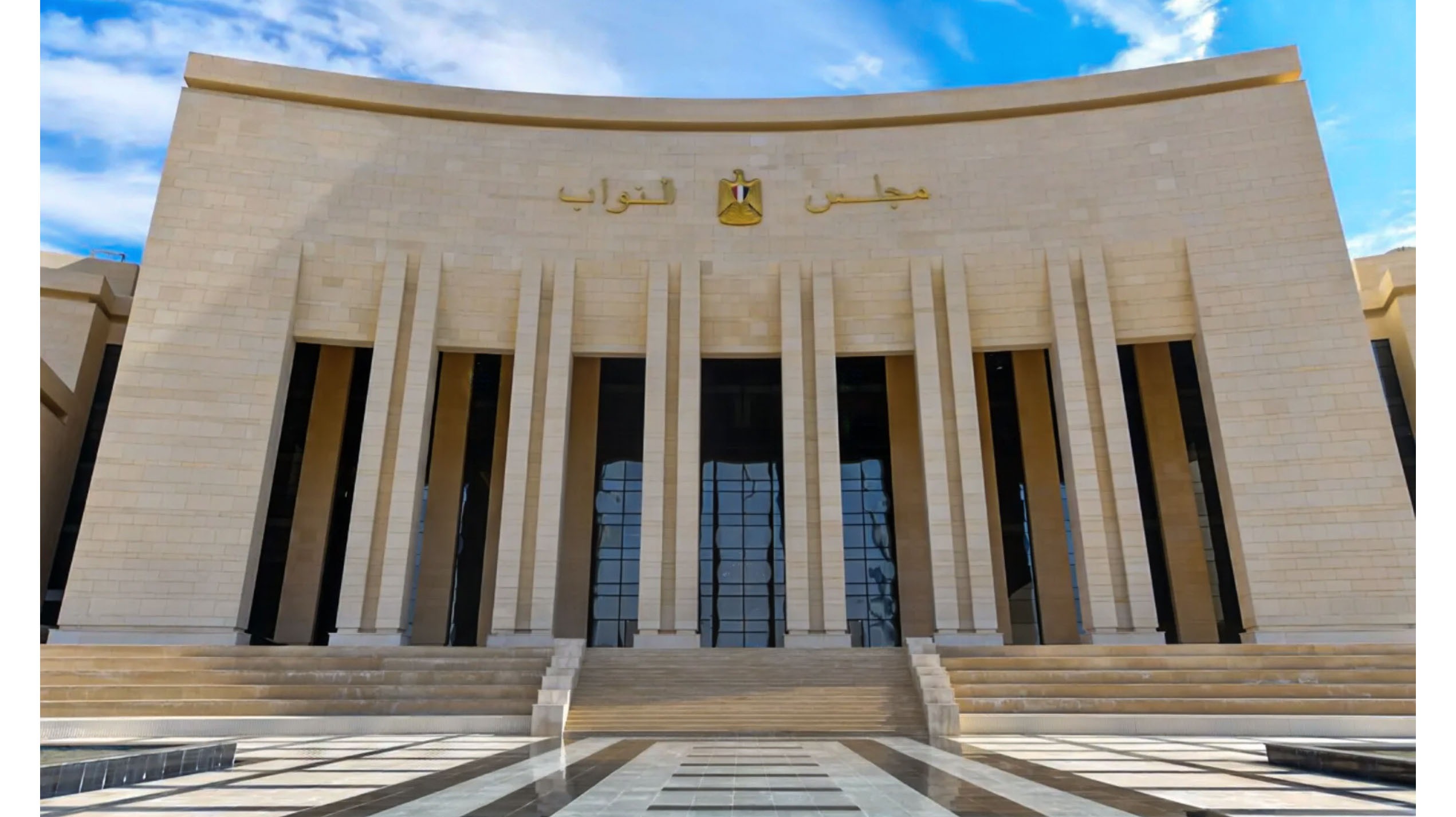 English content
English content

